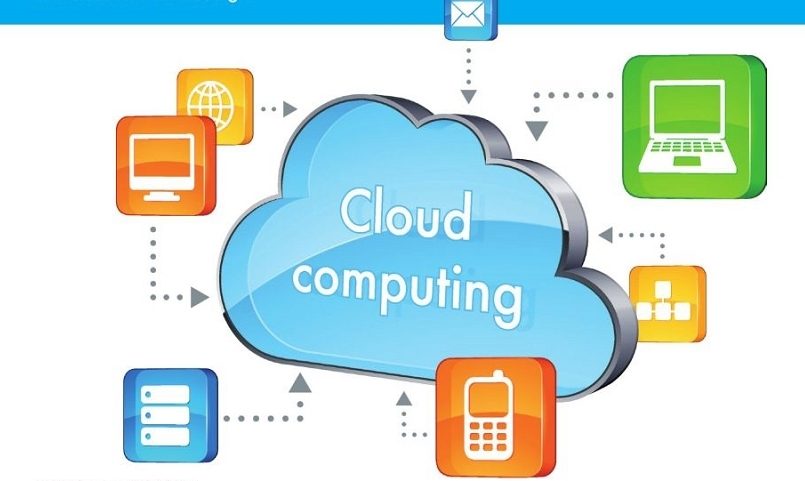Cloud computing acts as the most efficient way for delivering out the computer resources based on the needs they can subscribe to and pay monthly fees. Here the software and the platforms are managed by the providers who frequently update and manage for improving out its security and performances.
- Cloud computing offers the best-secured platform along with the enhanced operational performance that is used for gathering out the business person’s needs.
- One can easily customize the cloud integration strategies that offer a specific adaptable transformation to the cloud-based system that supports creating a unique time frame.
- Digitalization in cloud computing would help drive business with the agility and speed that is used for maintaining the high quality of standards.
- It includes the features of reducing out the time to market through connecting out the global-based distributions that paves a way for improving out the productivity.
- It supports resolving out the complex based issues for any company that is sophisticated using cloud technology.
Cloud computing is also useful for creating a flexible path that is used for translating to a new revenue-based system. Both the small and medium businesses can easily afford and using the service that is offered. With larger enterprises, they can build and extend up the cloud investments. All these things make people stay linked and interacted with cloud computing.
How Does It Work?
Cloud computing is considered as an application-based software that is used for storing out the data on remote servers that can be easily accessible through the internet. Here the front end would enable the users for accessing the data that is stored in the cloud with the support of the internet browsers.
Its primary component secures and storing the data and its information in its backend. This process comprises servers, databases, central servers, and computers. The computer server would facilitate out the operations that are followed out by a set of rules that are known as “protocols”. It uses out the software, middleware (intermediate) for ensuring the seamless connectivity that is taking place between the computer or devices that is linked up via cloud computing. It usually maintains up the multiple copies of your data that helps for data to mitigate instances and it adds a high level of security layer for the threats and avoids the data loss. The other features include:
- It reduces your operational cost.
- It adds flexibility and convenience for the users.
- It gets accessed to the automatic updates.
- Users can easily collaborate efficiently.





